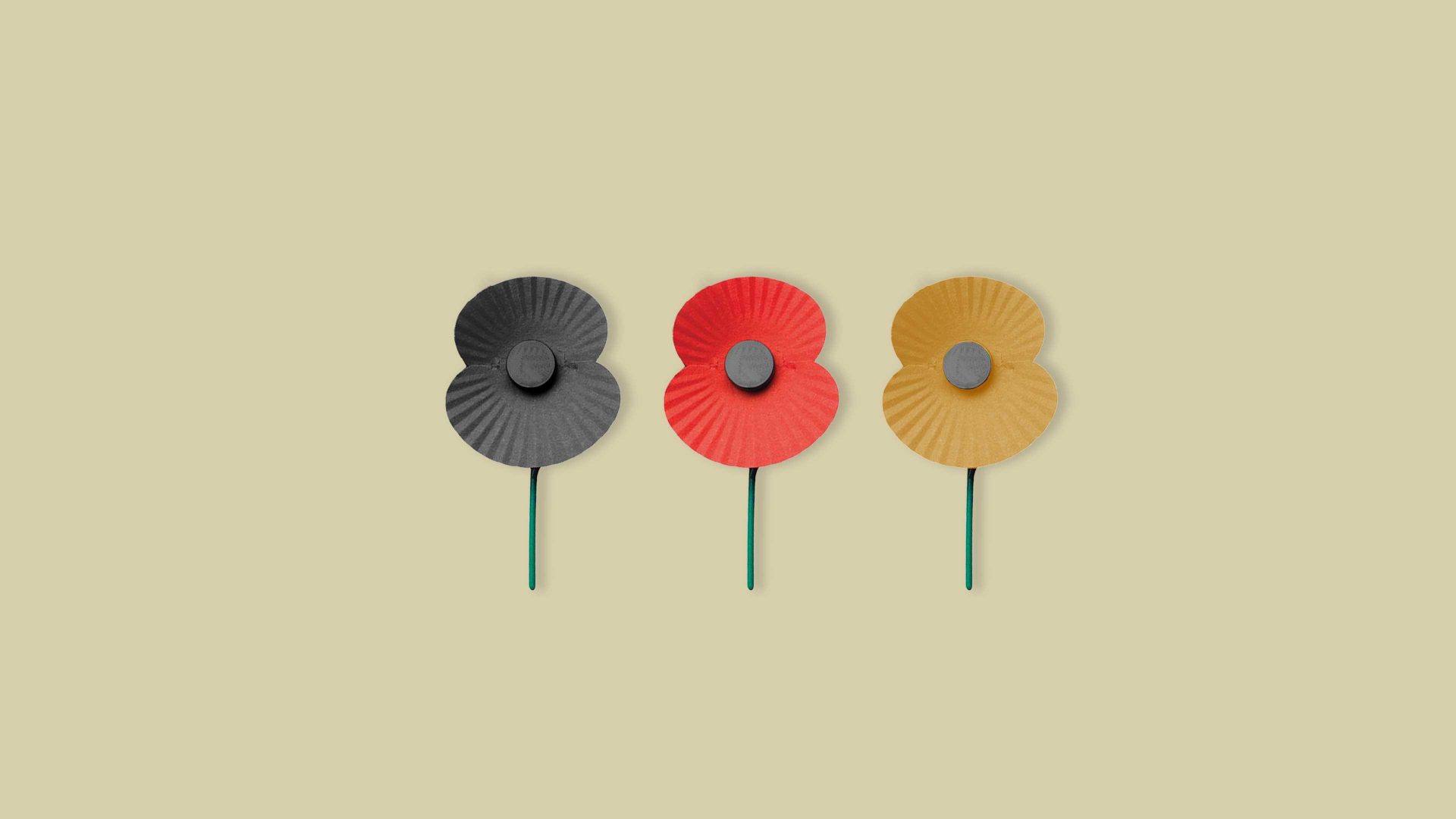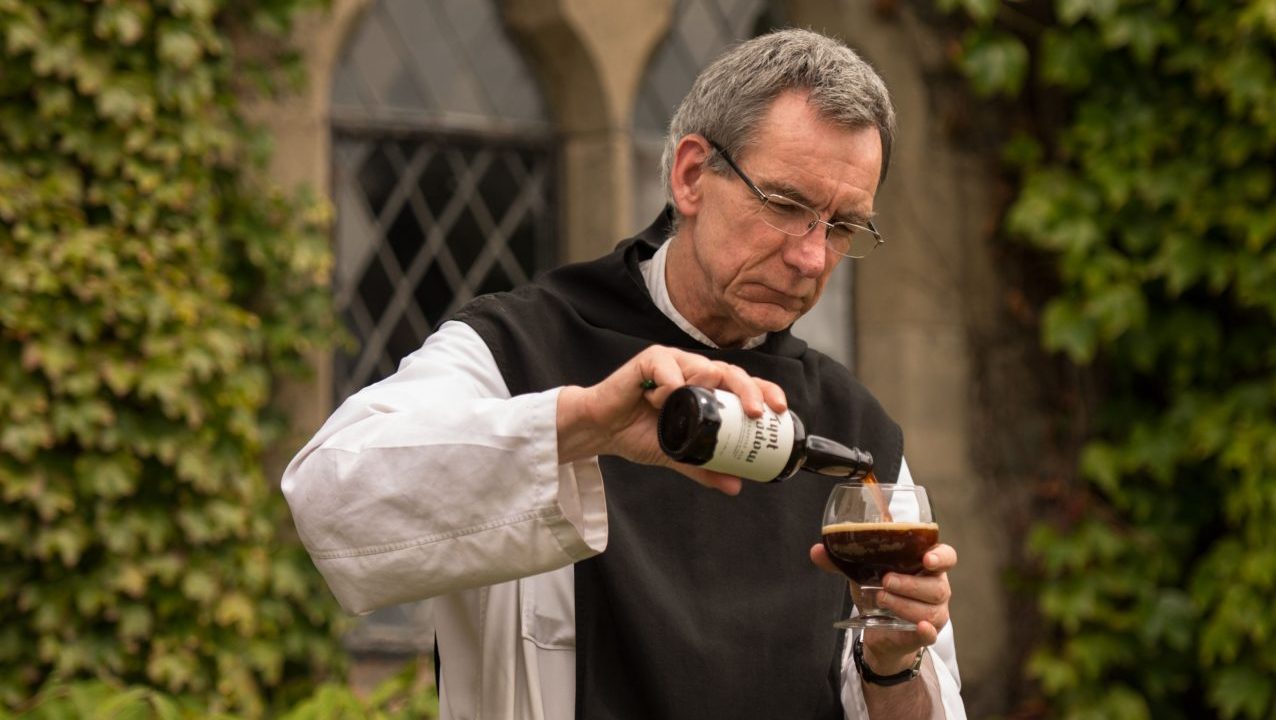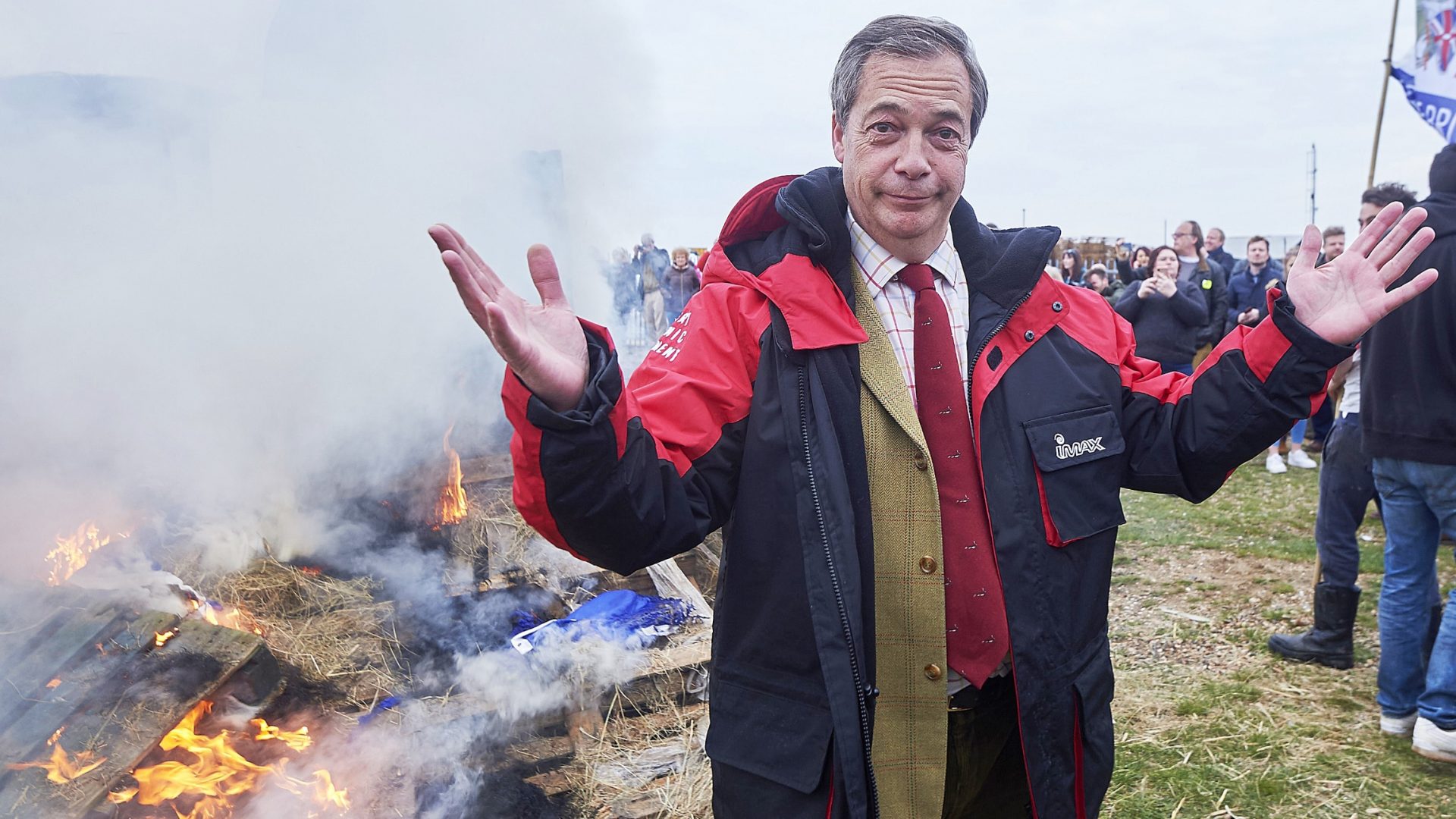My first poppy pin was forced upon me. It was Michaelmas term, mid-1990s, I had just started fifth year at an Anglo-Irish boarding school in Dublin, and my tiny and ancient housemistress called me into her tiny and ancient office.
She handed me a red paper poppy with a green plastic stem. She then opened her little orange safe box, took out a shiny Irish pound coin and informed me matter-of-factly that she would transfer it – “it” being my weekly pocket money allowance – to the Poppy Appeal, via the chapel fund.
I was 16, notoriously underfunded, and my adolescent spirit rebelled against this daylight robbery. “Thank you, but I don’t need one,” I said light-heartedly, handing the pin back to her and probably thinking of what one pound would get me in the tuck shop: three packs of salt and vinegar Chipsticks, my unofficial lunch.
She looked at my hand, then at me, and the atmosphere in the room turned glacial. I forget her exact reply, but I soon realised that pound and poppy weren’t up for debate. She would have had an excellent story for the teachers’ common room that day, the German girl – of all people – jilting the poppy!
What my housemistress didn’t realise was that, though giving a poppy to a pupil in November must have been the most natural thing to her, I, on the receiving end, was completely clueless. We had covered the first world war at my German Gymnasium, albeit too briefly. I had read Remarque’s Im Westen nichts Neues (All Quiet on the Western Front), but Armistice Day and poppies simply didn’t (and still don’t) figure in the German calendar.
I learned what they meant on the first November 11 I ever commemorated, in Dublin, when the whole school assembled around the war memorial cross on Chapel Square. In the Rhine region where I grew up, the 11th day of the 11th month is a legitimate reason to be drunk by 11.11 o’clock in the morning: der elfte Elfte um 11 Uhr 11 is the beginning of the Karneval season.
There is of course the official Volkstrauertag (People’s Day of Mourning), always two Sundays before the first day of Advent. It was created in 1919 to remember the fallen soldiers of the first world war. In its modern version since 1952 it is a state commemoration for all the victims – civilian and military – from all wars, armed conflicts, oppression and persecution, globally. Obviously there are no parades, least of all with veterans. Instead, the Bundespräsident gives a speech in parliament, with cabinet and the diplomatic corps present, and the 16 state parliaments organise similar events. The wider public isn’t involved, however. The ceremonies feature in the evening news, but people have no emotional connection. It simply isn’t a historic date most Germans could relate to.
This date would be November 9, often called German Schicksalstag – day of fate. It is absolutely loaded with history. On that day in 1918, Kaiser Wilhelm II abdicated and the (Weimar) Republic was proclaimed. The Berlin Wall came down that day in 1989. And in 1938, November 9 was a prelude to genocide, with violence in Nazi Germany against Jews, their homes, businesses and synagogues reaching a brutal new level. Officially, we don’t use the term Kristallnacht any more. It is considered a euphemism. The night wasn’t just about smashed windows.
Another November 9, that of 1923, is sometimes neglected. You may know it as the Beer Hall Putsch, the failed coup d’état in Munich that earned Adolf Hitler and his NSDAP chums short prison sentences and big national fame. But that day also saw brutal attacks against social democrats. It saw a mob shouting “Juden raus” (Jews get out) on Munich streets and Julius Streicher, who had just founded the antisemitic newspaper Der Stürmer, ranting against them in the city centre. Jews were told to hide and their families were warned not to send their children to school.
This was 100 years ago, and 10 years before the Nazis actually came to power. Today, in many German cities there are Stolpersteine, brass “stumbling stones” in the pavement in front of house entrances, inscribed with the names of Nazi victims who lived there. Volunteers polish the stones on November 9 and light candles next to them. 100,000 stones have been laid so far, a meaningful, decentralised memorial and maybe the closest we come to poppies in terms of public commemoration. This year, I feel it is more important than ever.




